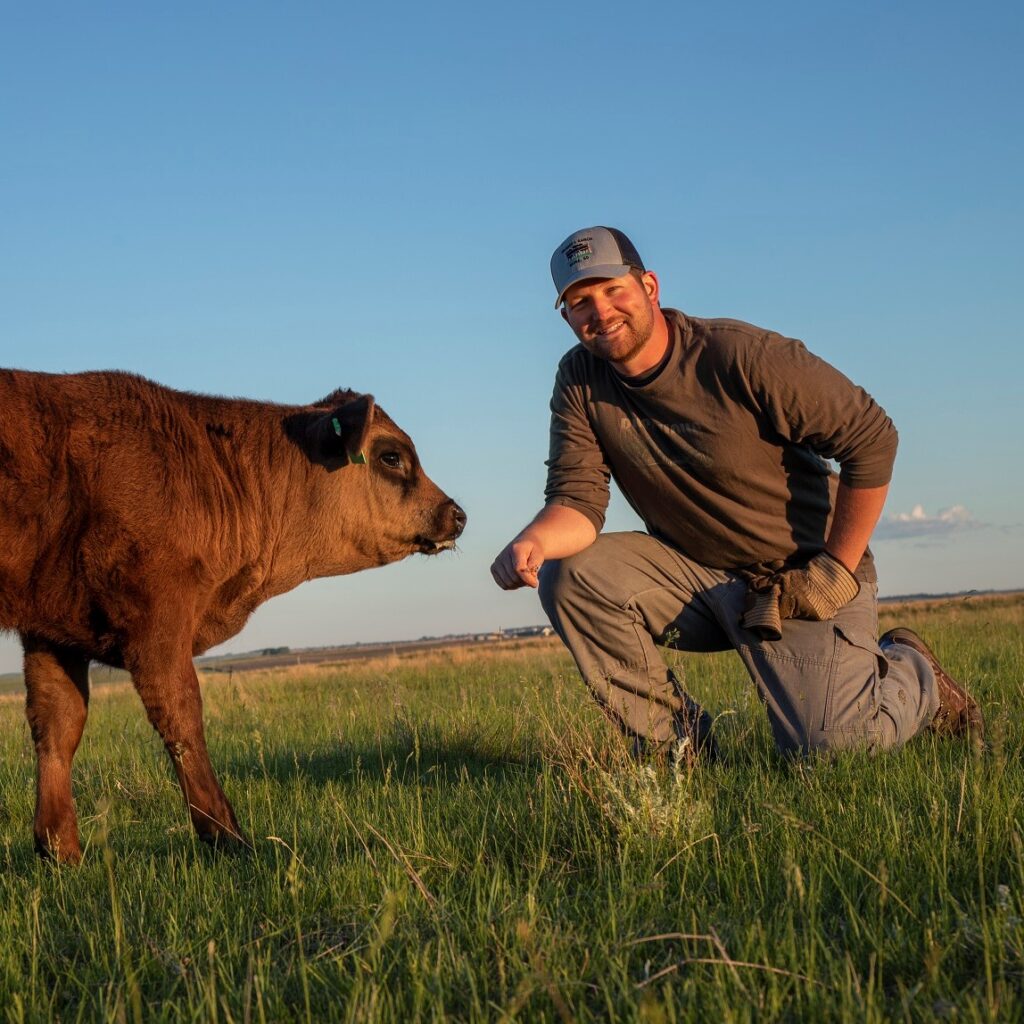How We Work
Diverse partners working on both private and public lands provide a mechanism to work in all important areas of the PPJV landscape. Public lands, such as National Wildlife Refuges and state lands, are cornerstones for PPJV activities. However, while they provide high quality habitat for birds, our public lands alone are insufficient to support the abundance of birds in the PPR. With about 90% of the U.S. PPR in private ownership and much of it in working farms and ranches, it is essential for the PPJV to work cooperatively with private landowners through working lands conservation that benefits both birds and sustainable agriculture.
Private Lands Conservation
Approximately 90% of the land in the U.S. Prairie Pothole Region is privately owned, most of which consists of working farms and ranches. Landowners are the stewards of this landscape and play an essential role in wildlife habitat conservation. Thankfully, there are private landowners in the PPJV who want to implement conservation actions that benefit their operation and improve wildlife habitat. These landowners recognize that conservation programs on private lands can improve the soil, water, and wildlife resources and be value added to their operation.
Voluntary conservation programs offered by PPJV partners contribute to the preservation of traditional rural lifestyles and communities by helping keep local ranching families on the land. These programs can provide significant economic benefits to private landowners and enhance their financial bottom line. Working lands conservation programs encourage sustainable agriculture, in turn helping to avoid rangeland conversion and fostering practices that benefit birds, other wildlife, and long-term viability of a producer’s operation. Assistance offered by PPJV partners includes wetland restoration, perpetual easements, term-limited easements, managed grazing systems, soil erosion reduction programs, improvement of water quality by grassland restoration, encouragement of minimum-till and no-till farming, and more!

Mitch Kezar for the SD Grassland Coalition and USDA-NRCS
Conserving native rangeland directly benefits a host of waterfowl, shorebird, grassland bird, waterbird, and resident game bird species that nest in grassland habitat. Improvements in private lands conservation yield positive results not only for the landowner and their operation, but also for the wildlife that depend on the land, making working lands conservation a win-win approach. By approaching their operation holistically, producers maintain a system that benefits far more than just their cattle.
Collaborating to protect grasslands through voluntary approaches on working lands is a vital part of conserving this landscape.
Goals and Objectives
The ultimate goal of most bird conservation efforts is to enhance or maintain populations at desired levels. Currently, the four bird groups – waterfowl, shorebirds, waterbirds, and landbirds – differ significantly in what is known about their population status and habitat needs. A great deal is known about waterfowl because band recoveries from ducks shot by hunters allow the estimation of annual survival and harvest rates. For many smaller birds that are not hunted, this information is not as readily available. Goals and objectives for each bird group reflect these different levels of knowledge and will be improved over time as knowledge increases.
Conserving bird populations is accomplished through the protection, restoration, and enhancement of prairie wetland and grassland habitat. The common thread that runs through the conservation plan for each bird group is the protection of existing wetlands and native grasslands. However, recovery of declining populations also requires an additional focus on enhancement of existing habitat quality and restoration of habitat that has been degraded or lost.
The PPJV strives to deliver all-bird conservation by stepping down the objectives outlined in national and international plans:
- Waterfowl planning relies on the North American Waterfowl Management Plan and its various derivatives specific to the PPR.
- Shorebird conservation plans are derived from the U.S. Shorebird Conservation Plan.
- Waterbirds are addressed as a component of the North American Waterbird Conservation Plan, and the associated step-down plan for the PPR, the Northern Prairie and Parkland Waterbird Conservation Plan.
- Landbird conservation planning is founded on the North American Landbird Conservation Plan.
To learn more about the PPJV’s habitat and population goals and objectives, read the 2017 Implementation Plan and State Tactical Plans.
Intiatives
JV8 Central Grasslands Conservation Initiative
Within the Great Plains, eight JVs – representing over 72 federal, state, provincial, non-profit, and industry conservation partners – are collaborating to stem grassland losses and the negative impacts to grassland birds. This partnership spans the breeding, migration, and wintering habitats used by birds during their annual cycle in the U.S., Canada, and Mexico. The JV8 is implementing conservation programs across this landscape of 500 million acres with the goal of reversing or stabilizing the decline of bird populations in the central grasslands of North America.
Great Plains Initiative
The NRCS Great Plains Grassland Initiative was launched in 2021 under the Working Lands for Wildlife Program as a framework for conservation action in the Great Plains grasslands biome. This framework addresses the two most severe and large-scale threats to the Great Plains biome: woodland expansion and land-use conversion. A top priority is conserving resilient and intact working rangelands, with the objective of addressing 1.4 million acres of identified threats to reduce grassland degradation. Visit your local NRCS office to learn more.
